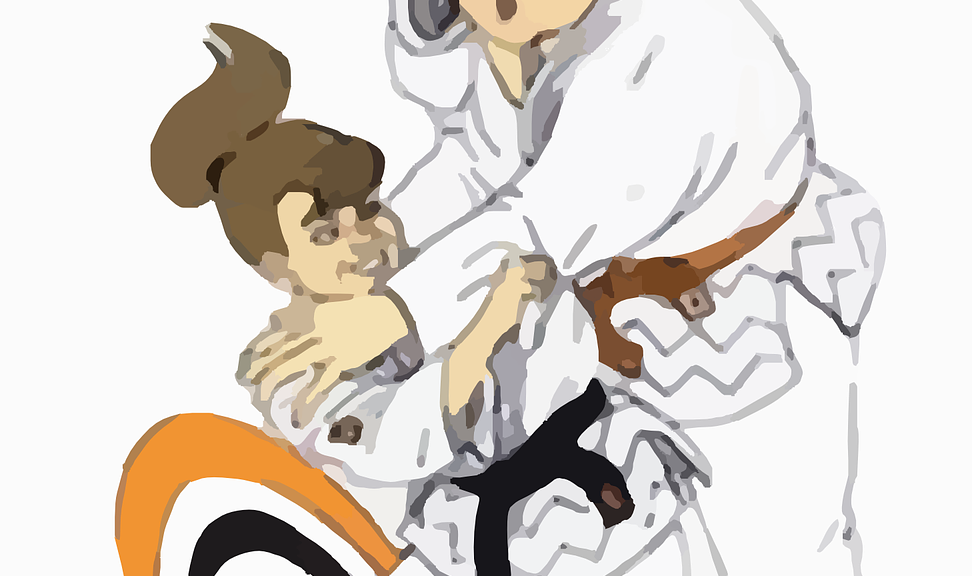
The Art Of Tai Chi Sparring
The Art Of Tai Chi Sparring
Curious about Tai Chi but running short on time and patience to make an in depth research of your own? Here is a simple but accurate article on the topic of Tai Chi sparring. It’s organized and easy to digest.
Tai Chi, also known as Tai Chi Chuan (taijiguan) or Taiji, is commonly translated as Supreme Ultimate Fist and is known throughout the world as a Chinese martial art that combines the principles of self defense with the mental and physical fitness. This art is practiced by millions of people these days for several purposes, including self defense and for its health benefits.
Sparring is involved in basic Tai Chi practice. Tai Chi sparring is in fact one of the most important stages of this ancient martial art. As noted in most resources, Tai Chi sparring is strongly considered as the only way to teach students of the art the importance of self defense, distance and speed.
Tai Chi sparring is practiced at a slow, meditative pace. According to its proponents, the slow and continuous movements are generally designed to impart the powerful physical skills of the sparrer, as well as to stimulate the flow of energy within the body. This slow, meditative pace involved in Tai Chi sparring also helps to develop balance, coordination of breath and movement, concentration and relaxation. Simply, Tai Chi sparring teaches you how to move easily without tension in order that your mind and body can function smoothly. I think this a great health benefit.
There are three major levels of training involved in Tai Chi sparring. The first has something to do with postures; the second with self defense applications; and the third with coordination of breath with movement.
In terms of posture, the Tai Chi sparring training primarily teaches you the right postures. What I am actually talking about here is where exactly to place the hands and feet when sparring. The training also includes the fundamental shape of the movement, including the transitions between these movements. According to some Tai Chi sparring experts, it is through the mastery of the right postures that the student can develop an insight into the nature of flexible strength. This level, however, requires long and diligent practice in order to master.
The next level of Tai Chi sparring involves understanding of the energetic and self defense applications. In the first place, Tai Chi sparring is viewed as an energy exercise. This notion perhaps stemmed from the fact that when practicing Tai Chi sparring, you are calming and energizing your body.
How does Tai Chi do this? First, Tai Chi sparring eliminates the impurities caused by tension, and then it rouses energy to flow through the body. It is this flow of energy that actually cleanses the entire body.
In terms of self defense applications, Tai Chi sparring simply teaches you to understand every move involved in the practice. The general rule here is that every move can be done at three levels, which is high, middle and low. Aside from these levels, the movements can also be performed in five directions, involving left, right, back, forward and center. For many Tai Chi practitioners, it is very vital that every sparrer understand these applications so as to keep movements precise.
Finally, Tai Chi sparring involves coordination of the breath as well as the movements. What is usually considered in training is that you inhale with movements that lift or roll back, and in turn exhale with movements that press or sink. However, it is very important to note that in Tai Chi not every move will require a full breath. The coordination between the breath and movement is something that happens slowly and in unexpected ways. In the end, your body will find its own breathing rhythm.
I hope you enjoyed reading this article. There is, indeed, a lot to learn about this topic, or even a lot to learn about the world. There’s always something new to discover!